A mountain chickadee has come to perch; slender curved toes grasp the upper left corner rim of my laptop screen. My golden brown eyes meet the bird’s shiny black orbs. Here, in the shade of lilacs on an indulgent afternoon of reading and writing, the family flutters among heart-shaped leaves dappled in sunshine.
Surrounded in chicka dee dee dees and wings that sound like ruffling pages of a book, I stop pecking at the keys, riveted. The bird on my laptop gives me an inquisitive look. I study the jocular black cap defined by white eyebrow stripes and black lines through the eyes –a miniature bandito, complete with a matching black bandana upon an ashy white breast. The message? I’m accepted, or at least the rim is a convenient perch.
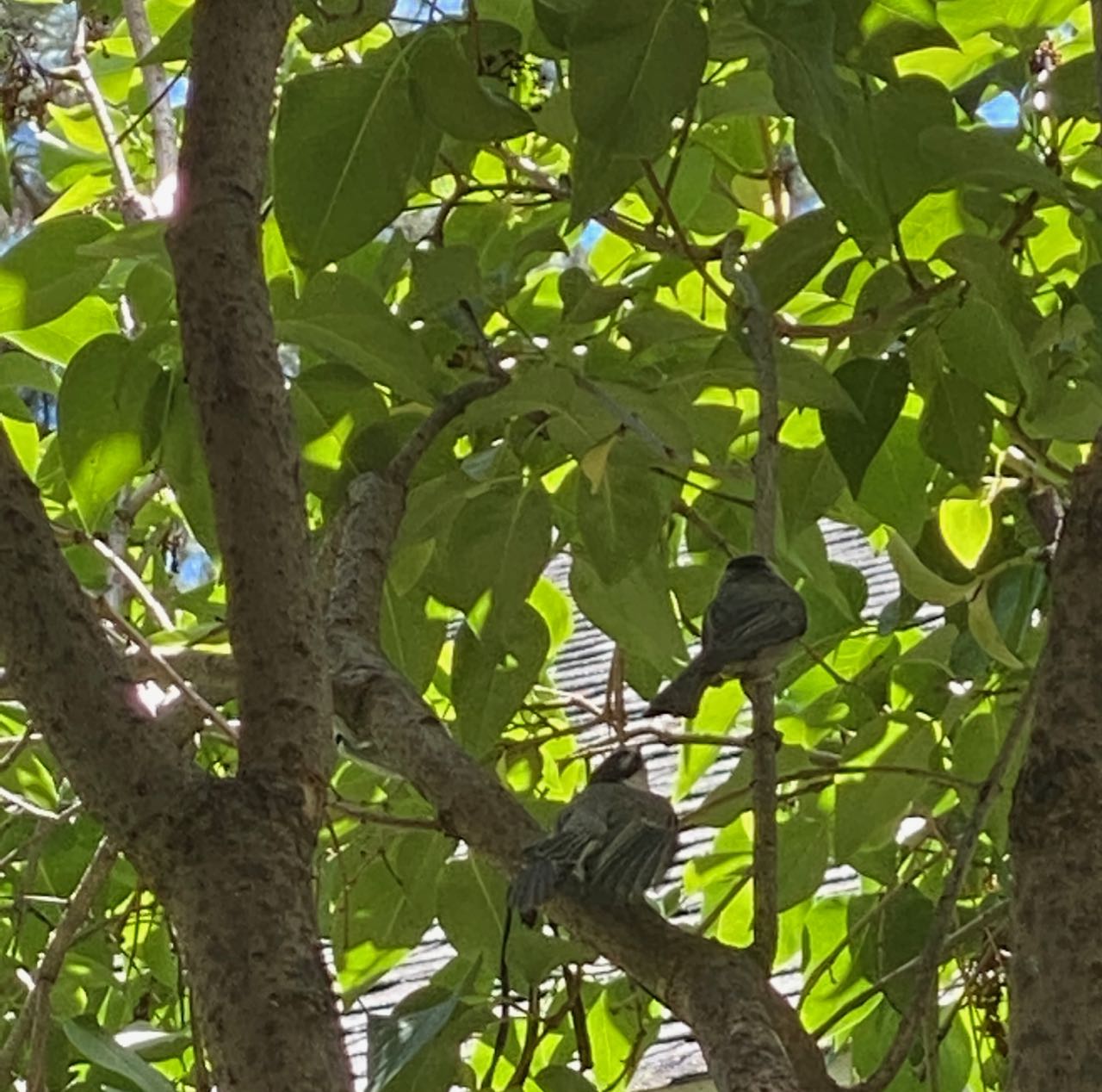
I watch the shake and shiver of lowered wings of a fledgling begging for food, and the diligent parent’s tender feeding. Four chickadees whisk and whir in the tree limbs. The juveniles are slightly smaller with relentless appetites. The parents mostly glean the leaves for minute insects with their sharp small bills. Occasionally, they land on the woodpecker suet for a quick nip or take a sip from our daily offering of fresh water in a shallow black bowl. Their motions are agile, quick, and acrobatic as they spin on dangling leaves and flit, flip and balance with a bit of tail ruddering.
Since learning from Doug Tallamy’s research that a pair of chickadees must find 6,000 to 9,000 caterpillars to raise their young, I take great pride in our yearly broods. They nest in tree cavities, including a small hole in a tall decaying stump. Each year, our garden of flowers and bunchgrasses grows ever more luxuriant, dense, and layered. Our native currants, mock orange, spirea, wild rose, and serviceberry are free to wave and stretch wherever they please.
Ponderosa pines rim the sunny front yard and a whole grove fills the back. Natives are best for supporting a diversity and abundance of caterpillars, and the front garden is admittedly a mix, including apple, pear, plum, and even almond, along with the lilac and cherry-plum that shade my chair.
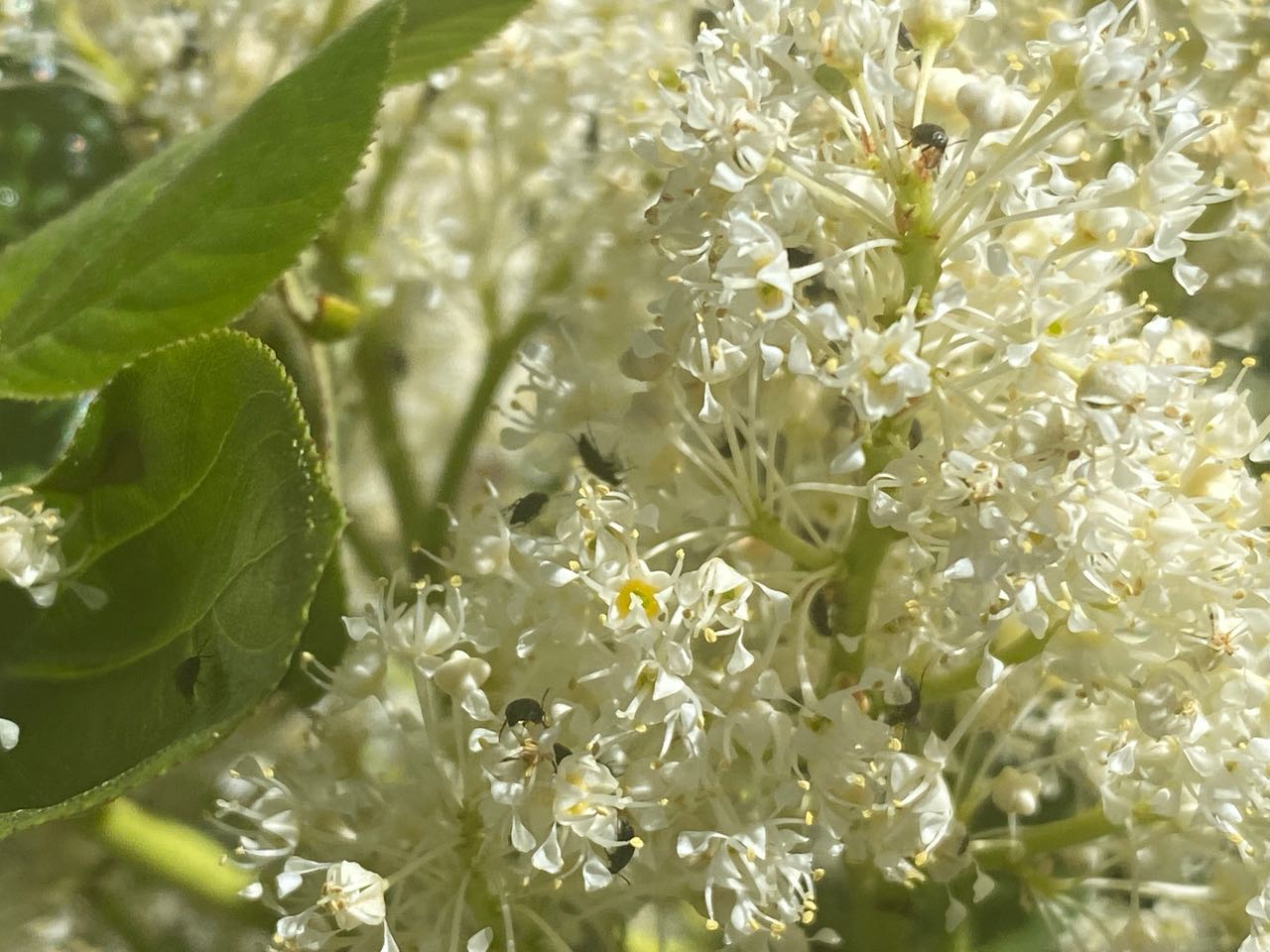
Native ceanothus shrubs are in full bloom, their creamy white flowers like ocean foam above leathery evergreen leaves.Yellow-centered teensy blossoms beckon pollinators smaller than wild rice grains. The scent is at once sweet and musky.
Beyond my shady enclave, spires of purple lupine buzz with native bees of all sizes, stripes and hues. Wasps the color of amber with long dangling legs seek the blooms, too. A rufous hummingbird zings into our feeder– a little spitfire of a bird, always ready to chase away a rival. Next, a red crossbill perches on the long tubular feeder of finch seed, the favorite of lesser goldfinches and pine siskins.
The chickadee family returns and this time I reach for my Iphone camera. As I focus and click photos and videos within the shadowy leaves, one of the youngsters lands directly on the top of the phone. I snap to catch the blur of the tail and laugh. What next?
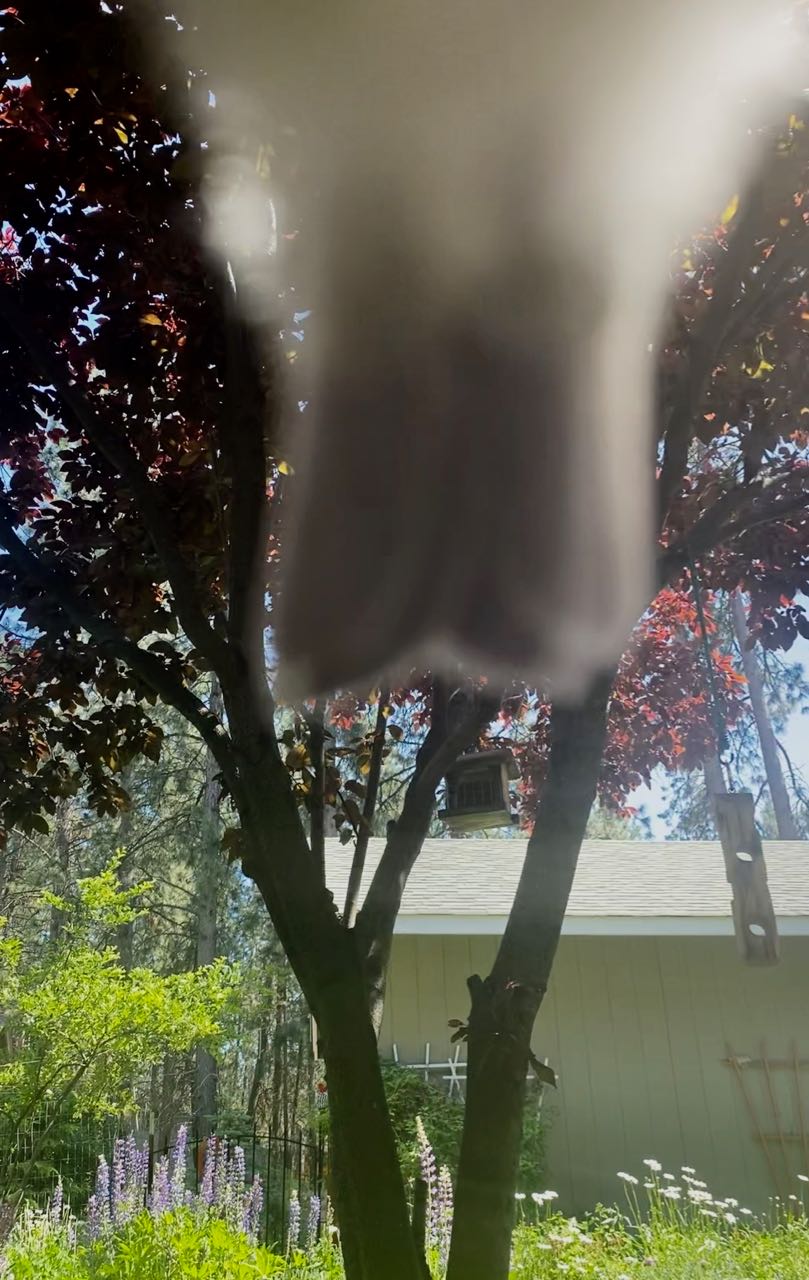
I find the banter of chickadees cheerful and tender company. They may have the swagger and swashbuckle of bandits in looks, but their actions? The way a parent leans forward to fill the gaping beak of a young bird seems more than a perfunctory motion, no matter how many times repeated.
In my afternoon nook, I am enfolded in sweet necessities. Life’s essence. Parents feed their young that hatched and grew on the sustenance of our wilding enclave. The sky is the blue of forget-me-nots. The breeze is a caress upon leafy lilac cheeks.

Today is Juneteenth National Independence Day, our newest federal holiday commemorating June 19, 1865, a day when the last group of enslaved African Americans learned they were free. The state was Texas, and a sad reminder that President Lincoln’s Emancipation Proclamation of January 1, 1863 was slow to be enacted everywhere.
The chickadees are unaware of the holiday. Their lives are uncomplicated and the antithesis of a society that would ever condone slavery. They know the freedom of flying and the value of companionship. When they sense a predator like a sharp-shinned hawk, the entire banditry will erupt in sharp fast alarm calls–a revved up louder Chick-a-dee-dee-dee-deee! (many dees). The signal alerts not just their kin, but all songbirds to danger.
On this day, from my little perch in the shade with chickadees, I’m inhabiting a place of freedom among the freeing birds and know this is never to be taken for granted. Our society is still a work in progress. We have a long way to eradicate racism, injustice, intolerance, and hatred. Yet, we can celebrate how far we’ve come from 156 years ago, and the acts of bravery and kindness and love along that journey.
This is the day a chickadee landed with a soft touch first on my laptop and then on my phone, a day that has become a gift among birds that are here nurturing our spirits, reminding us of all that is kindred and kind.
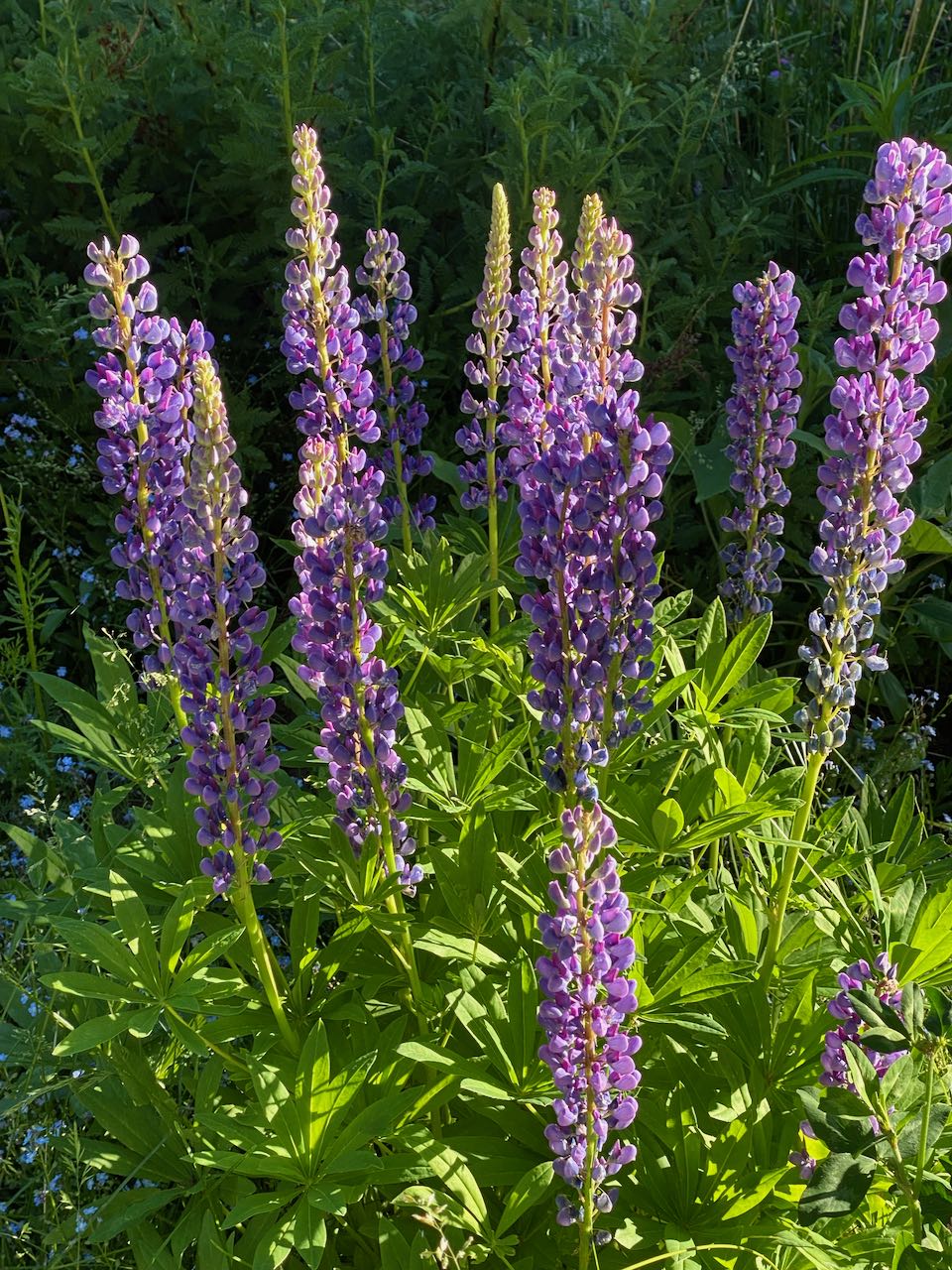
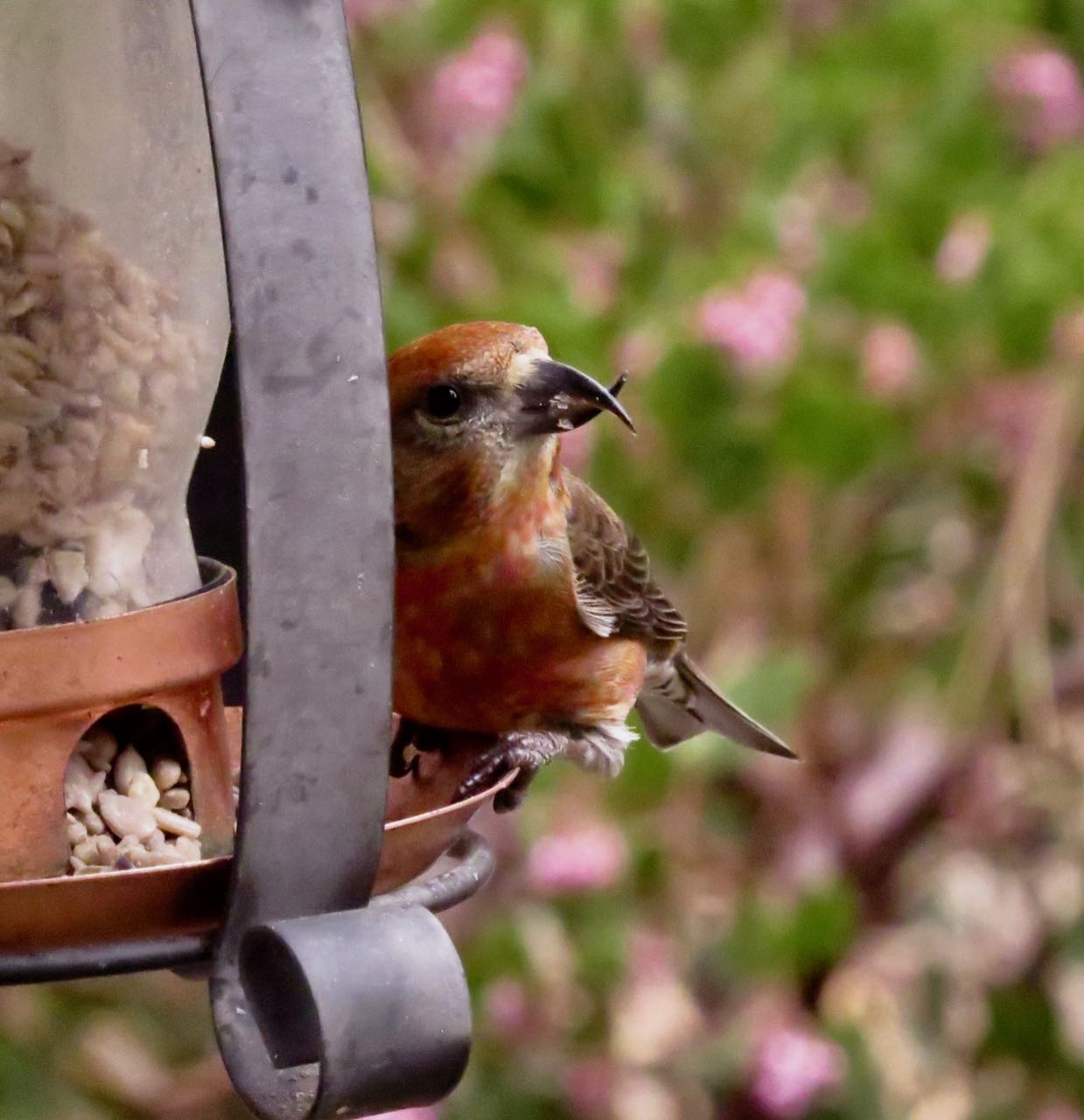
Video of a chickadee parent feeding a fledgling in our lilacs.
Video of a chickadee gleaning for insects in the cherry plum tree.



That photo of the chickadee on your iPhone puts an ear-to-ear grin on my face. Nothing better than that. Thank you for weaving chickadees and freedom and our newest national holiday together in a way that helps me see the world with fresh eyes.
LikeLiked by 1 person
Wonderful descriptions of the personality of chickadees, interwoven with the history of our newest holiday. I can’t believe a chickadee landed on your laptop AND phone! Great photo of the hummer and crossbill too.
LikeLiked by 1 person
Nice! Wow, what luck for a nature blogger!! Location, location, location, right?
Walk this week, some evening?
>
LikeLiked by 1 person
So beautiful, Marina! Thank you for sharing your little piece of paradise.
LikeLiked by 1 person
A banditry of chickadees ? Is that like a murder of crows ?
LikeLiked by 1 person
Yes! Isn’t that a sweet name?
On Thu, Jun 24, 2021 at 12:39 PM Kingfisher Journey- Marina Richie wrote:
>
LikeLike
We commonly get Black-capped Chickadee’s here at our apartment and my wife loves their song and antics. We usually have to go up on the Boise Ridge to see the Mountain. Thank you for sharing your banditry and shady spot with us. We are a work in progress and sometimes it can be painful to watch. My time with nature and camera help me heal. This short verse sums up what I pray our society will strive for “Just as I have loved you, you also are to love one another.”John13:34.
LikeLiked by 1 person